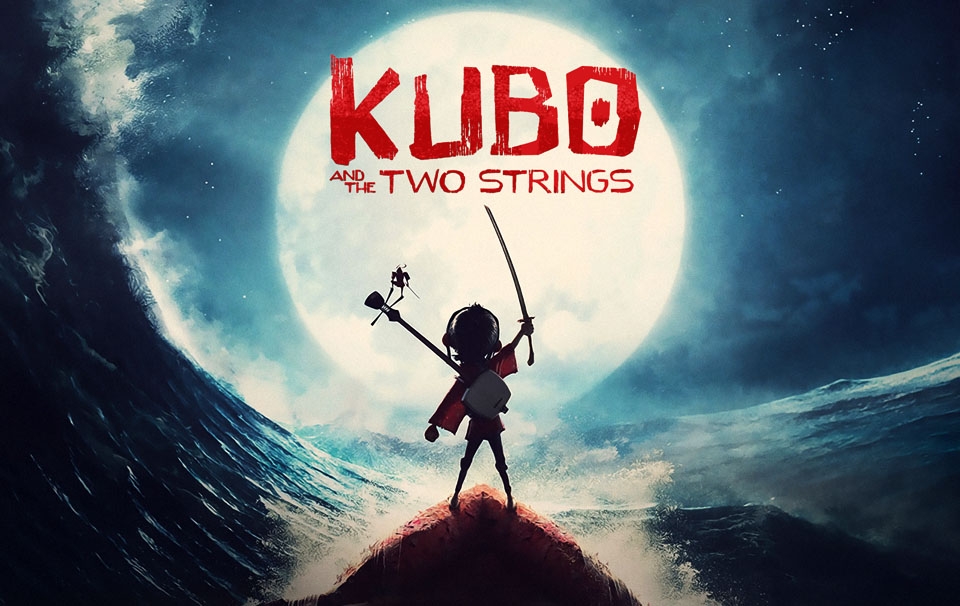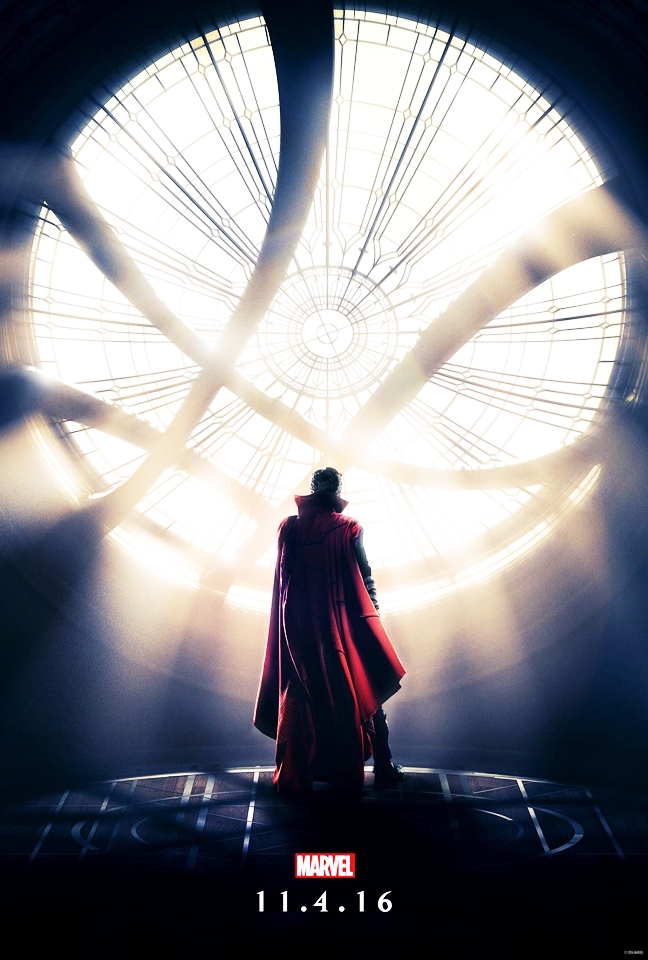

“Kubo and the Two Strings” is the fourth movie by Laika. The production company has specialized in stop-motion features, with such past films as “Coraline,” “ParaNorman” and “The Boxtrolls
By Nicole Prieto | staff writer
Acclaimed stop-motion studio Laika delivers another fantastic adventure with “Kubo and the Two Strings,” a modern-day epic set in ancient Japan whose narrative complexity underlies a story about a child’s search for his family.
The film opens with Kubo’s mother traversing a vast, stormy sea — carrying her infant son and slicing apart waves by channeling her magic through her shamisen, a Japanese three-stringed lute. Kubo’s father has just been lost to them, and they seek refuge from the wrath of his grandfather and aunts, who, for reasons truly unknown to Kubo, want to steal away his one remaining eye.
Years later, Kubo (Art Parkinson) takes care of his ailing parent as her magic weakens and she grows more forgetful with each passing day. Each night, she gives her son one mandate: Never be out after dark.
To support himself and his mother, Kubo leads a simple life as a beloved storyteller. With his own origami magic and shamisen, he weaves together elaborate tales to the entertainment of villagers. But all that changes when Kubo fails to return home before nightfall one day — and his evil aunts find him at last. Joined by Monkey (Charlize Theron), an enchanted charm brought to life, and Beetle (Matthew McConaughey), a man cursed into the form of a bug, Kubo sets off on a journey to find his father’s magic armor to protect him from his relatives.
There is no doubt that “Kubo” is an artistic accomplishment worthy of accolades for its attention to detail, character designs, scenery, innovation and camera work. Where stop-motion and CGI begin and end are impossible lines to see. Kubo’s enchanted origami unfolds before the audience in elaborate patterns and gravity-defying displays. Painstaking attention to everything from background villagers to individual hair strands make it easy to forget that the film is a stop-motion production. Audiences are left as enraptured by the story itself as they are by a nagging curiosity of how everything is put together.
The plot is as ambitious as its visuals, and world-building takes off from the first scene. Much like Studio Ghibli films “Spirited Away” or “Porco Rosso,” “Kubo” does not dwell on explaining why characters have magical abilities or why many normal people seem unfazed by impossible things happening around them.
One of Laika’s specialties is treading the line of small-child-appropriate and nightmare-inducing, with “Kubo” being no exception. Kubo’s villainous aunts are entities straight out of your childhood fears. They don white masks displaying perpetual, sinister grins. In their introduction, they emerge from the shadows and relentlessly pursue him into the village. They are only stopped by his mother’s intervention, and it takes the last of her magic just to get him out of danger.
These are not incompetent villains prone to delivering long-winded monologues. They are powerful threats who hold nothing back in their confrontations with Kubo and his companions, making his journey to find his father’s armor all the more desperate.
But the film’s beauty and world-building cannot hide its Achilles heel: its convoluted narrative’s poor staying power. To be blunt, there is a lot going on in too short of a time. Unlike the simple messages of acceptance and forgiveness portrayed in Laika’s “ParaNorman,” “Kubo” leans on long, elaborate expositions by its characters to immerse the audience in the story.
The audience is not given much breathing room to take everything in. After a while, you only start to notice how long characters speak and how much of the narrative you are not being shown. A montage of Monkey and Beetle’s interactions, for instance, would have better illustrated their evolving relationship — rather than their campfire confessions about their concerns, on top of some awkward flirting.
It is an ironic weakness for a studio that spares no detail in visual presentation. Thankfully, it is not a fatal one. We are still given effective plot devices, such as the “play-within-a-play” motif creatively implemented with Kubo’s origami magic, which keep us connected to the characters’ primary motives. With all the danger around him, we never forget that Kubo really only has one goal: to be with his family.
While its visuals rank a 10 and its story perhaps a generous 7, the voice work in “Kubo” hovers closer to a 6. Art Parkinson brings Kubo to life, giving him appropriate maturity beyond his 11 or so years, but Charlize Theron barely rises above a monotone mumble. Do not go in expecting a Furiosa-level performance. But at least Theron has an excuse: Monkey is supposed to be the straight man to Matthew McConaughey’s Beetle — who is woefully unfunny for being the bombastic comedy relief.
But even with its faults, “Kubo” is by no means a poor attempt for first-time director Travis Knight. This is a film where Laika’s signature excellence is on full display, and if you can forgive some unchecked info-dumping, it is definitely not a film to be missed.
Now entering its third weekend, catch “Kubo” while it is still in theaters — but bring friends. The house is unlikely to be packed, and this is an underrated film that should be enjoyed in good company.



